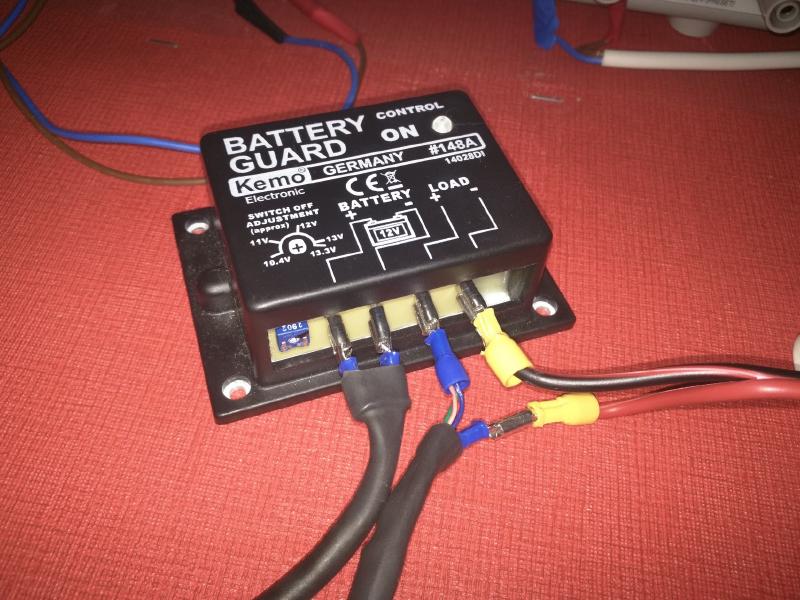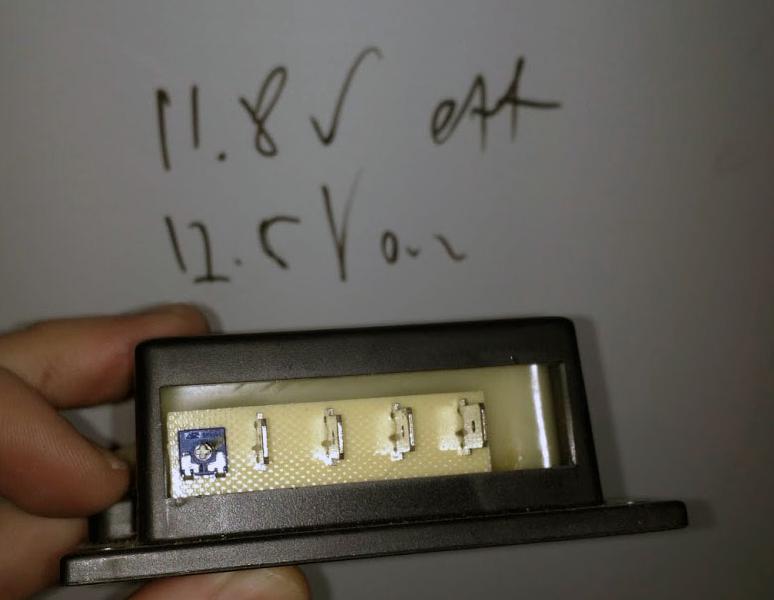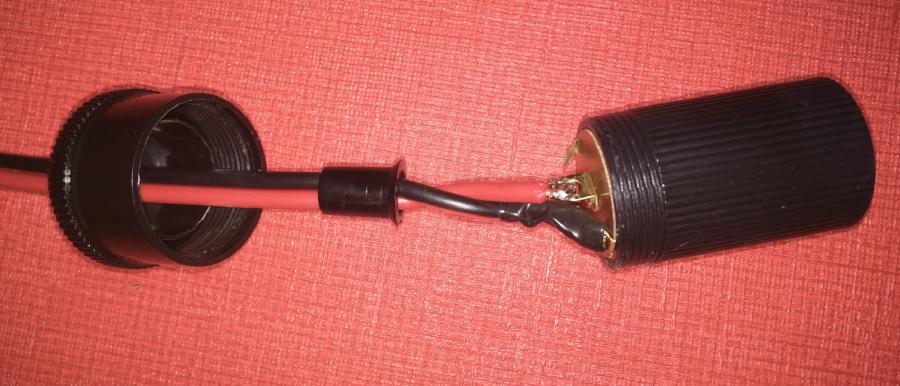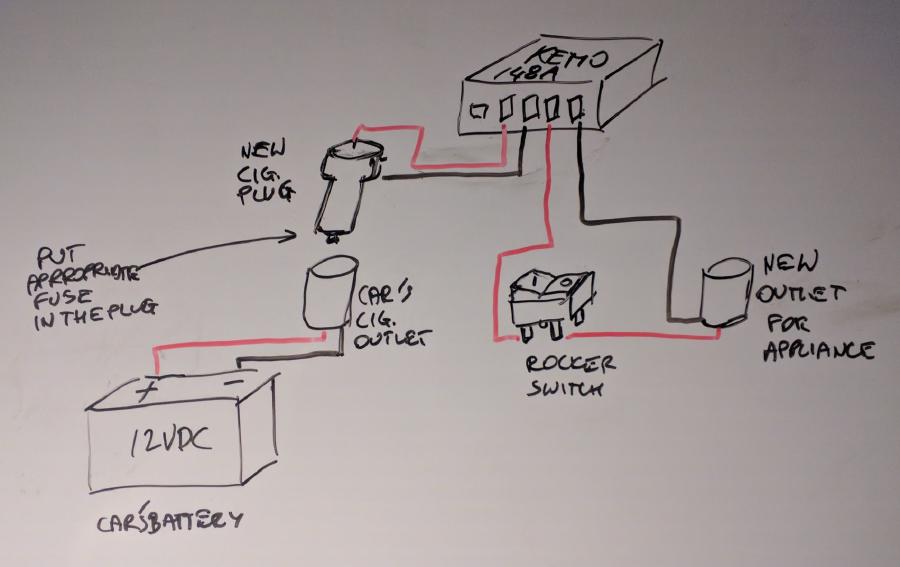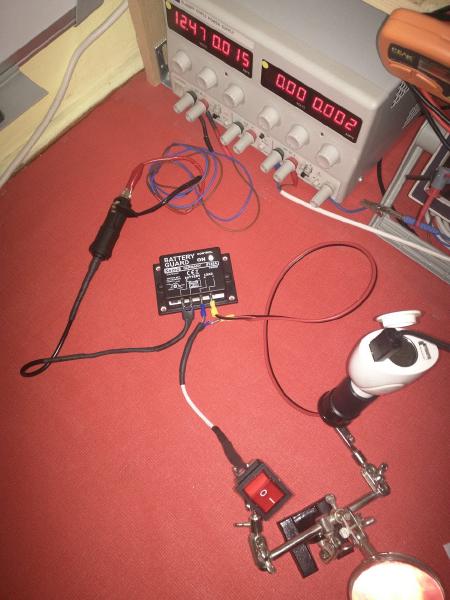Car Battery Discharge Guard
Use case
While the standard car battery is discharged, its plates undergo sulfation. This process is reversed during charging unless the battery has been severly depleted one or more times. In this case you may not be able reach the full charge level.
I use electronic equipment which is connected to a car's lighter socket for an extended period of time. Think along the lines of a dash cam, car tracker, mobile phone or tablet, fridge etc. Sometimes I forget to disconnect this equipment when the car is stationary, and it can drain the car battery to damaging levels. I have managed to wreck my old battery by doing this. Even though I could recharge it to reach voltage above the nominal 12V, it didn't have the cranking power to start the car.
I wanted to stop this from happening as it will save me money on car batteries (no complete discharge but also should extend the longevity of the battery), will ensure my travel plans are not disrupted, and save me time and nerves trying to work out how to charge depleted battery.
Requirements
Apart from the main driver to stop the battery from discharging below damaging level I also want:
- to fuse the new circuit to protect the wires
- to plug the new circuit non-intrusively using cigarette lighter plug
- to provide a cigarette lighter socket to allow non-intrusive connection of the appliance (which are already using cigarette lighter plugs)
- to easily turn on/switch off the appliance, rocker switch preferred
- to be able to extend the reach of the above switch, so that it can be installed in a convenient location, possibly away from the rest of circuitry
- if possible, make all components easily dis-/connectable so that rework involves the least soldering possible
Disclaimer
This post captures what I've done in order to solve my problem but is not meant to be a reference of a correct solution. I am not qualified to provide such guidance so don't assume all info on this site is true. The solution documented here may cause damage to a car and/or other property, pose health or life hazard. Even though you may think you are dealing with 12VDC it still can cause damage in car's circuitry or fire. Car batteries are powerful!
Main components
A while ago I've acquired this device at my local Maplin store (R.I.P.).
Please note: that since then it seems to have been re-labelled as Battery Guard M148A.
I am going to use it to try to solve my problem as the device's description suggests it does exactly what I want.
The setting I am trying first will disconnect the appliance when the voltage goes below 11.8V and will pass through once it goes above 12.5V. That normally happens when the engine is started and the alternator supplies higher voltage to charge the battery.
Please note: I had to find this setting empirically with precise voltage control of a bench power supply as I've found the adjustable resistor (?) too approximate. Also, bear in mind that the appliance has to be drawing current in order to observe Battery Guard's LED turning on and voltage appearing on its output blades. And finally, the device averages out something like few seconds so don't expect the action to take place as soon as the voltage changes.
With regards to the rest of components, I also needed a car cigarette lighter style plug (to supply power from car's battery to my circuit). Plug should have a removable fuse and be suitable for rewire and reassembly.
Please note: I'm afraid you will have to make your own decision what fuse to use. Remember that the fuse will protect the cables too high current so the decision about the fuse is linked to the current carrying capacity of the cable (DC!). Keep in mind that these glass tube style fuses are usually designed with AC in mind and may not offer adequate protection for DC circuitry.
Here is the socket to supply power to the appliance draining car's battery.
You also need a switch to be able to dis-/connect the appliance at a flip. Ensure this is rated at least for the DC current that the appliance will draw.
I've used a variety of spade connectors (male and female) to make rework as easy as possible. I find these sit very tight but you can still disconnect them easily with a little praising motion. Crimping tool is recommended for this.
